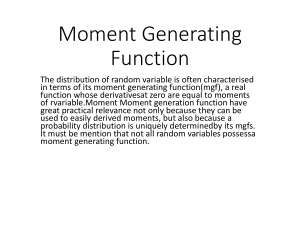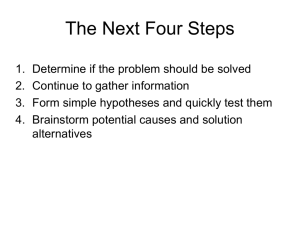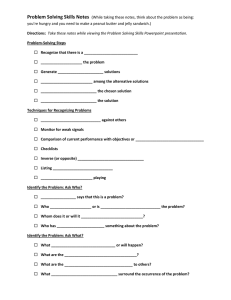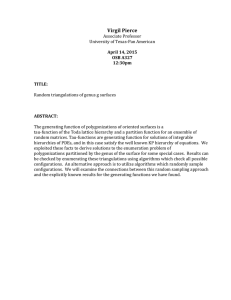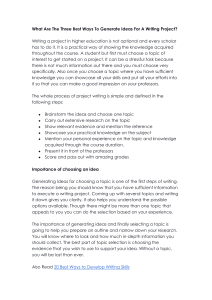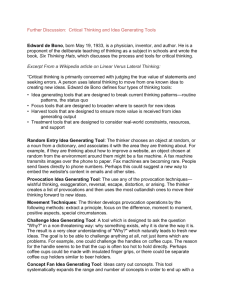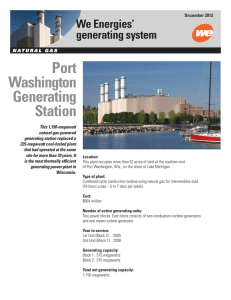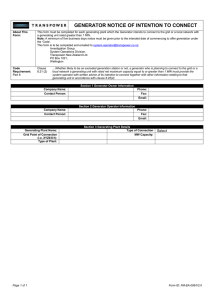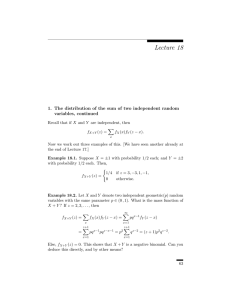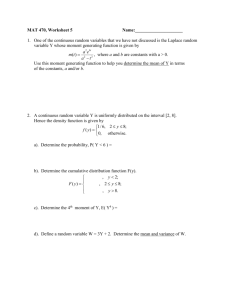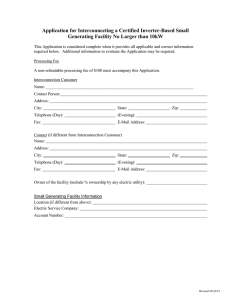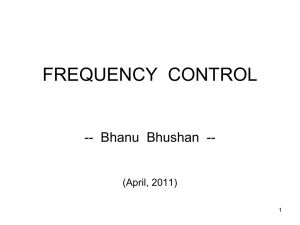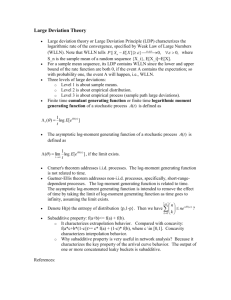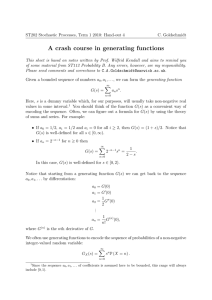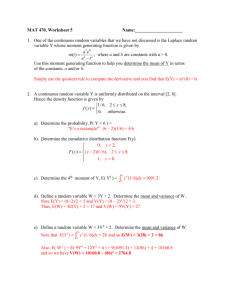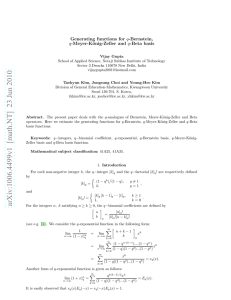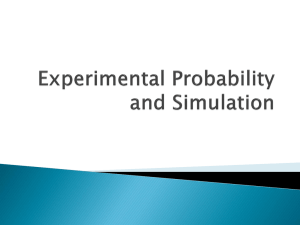C11 slides
advertisement
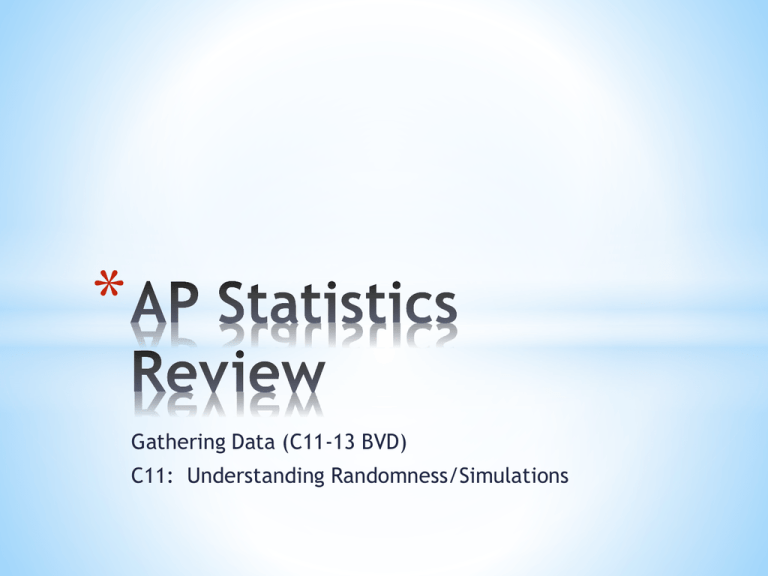
* Gathering Data (C11-13 BVD) C11: Understanding Randomness/Simulations * An event is random if we know what outcomes could happen, but not which particular values did or will happen. * Generating truly random numbers is hard. See random.org for details. Most calculators/computers generate pseudorandom numbers. They mimic random behavior, but if you knew the algorithm generating them, you would know what particular number would come next. * * Math key – PRB menu * TI-nspire: Menu – Probability-Number-Random * * 1. Identify component to be repeated in multiple trials of generating random numbers. * 2.Explain how you will use randomly generated digits to model the outcome of a trial. * 3. Explain how you will simulate one complete trial by generating the random numbers. * 4. Clearly state what you will be counting – i.e. identify your response variable. * * 5. * 6. Run several trials. (More is better). Analyze the outcomes of your several trials – usually this means find the average. * 7. State your conclusion. Use your result from step 6 to write a sentence that explains the meaning or implication of the result in context. * * You are about to take the road test for your driver’s license. You hear that only 34% of candidates pass the test the first time, but the percentage rises to 74% on retests. Estimate the average number of tests drivers take to get a license using a simulation. * * * * * * * *


